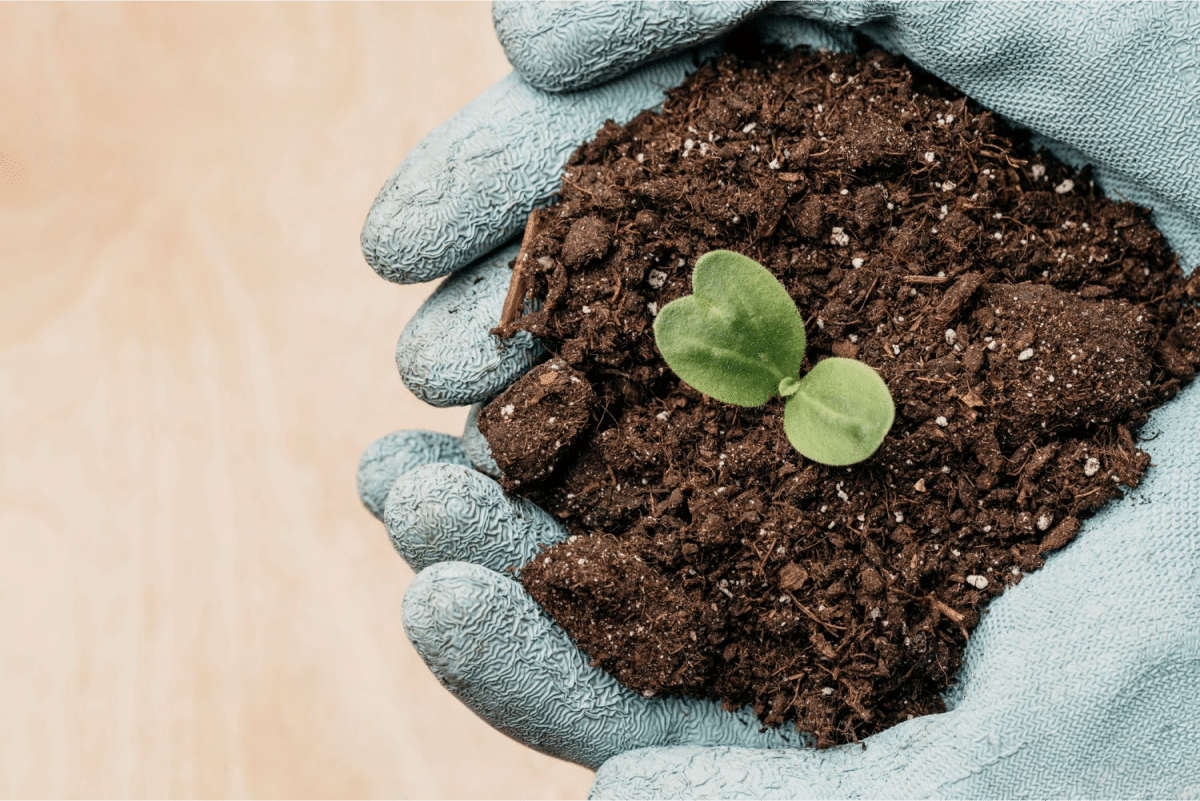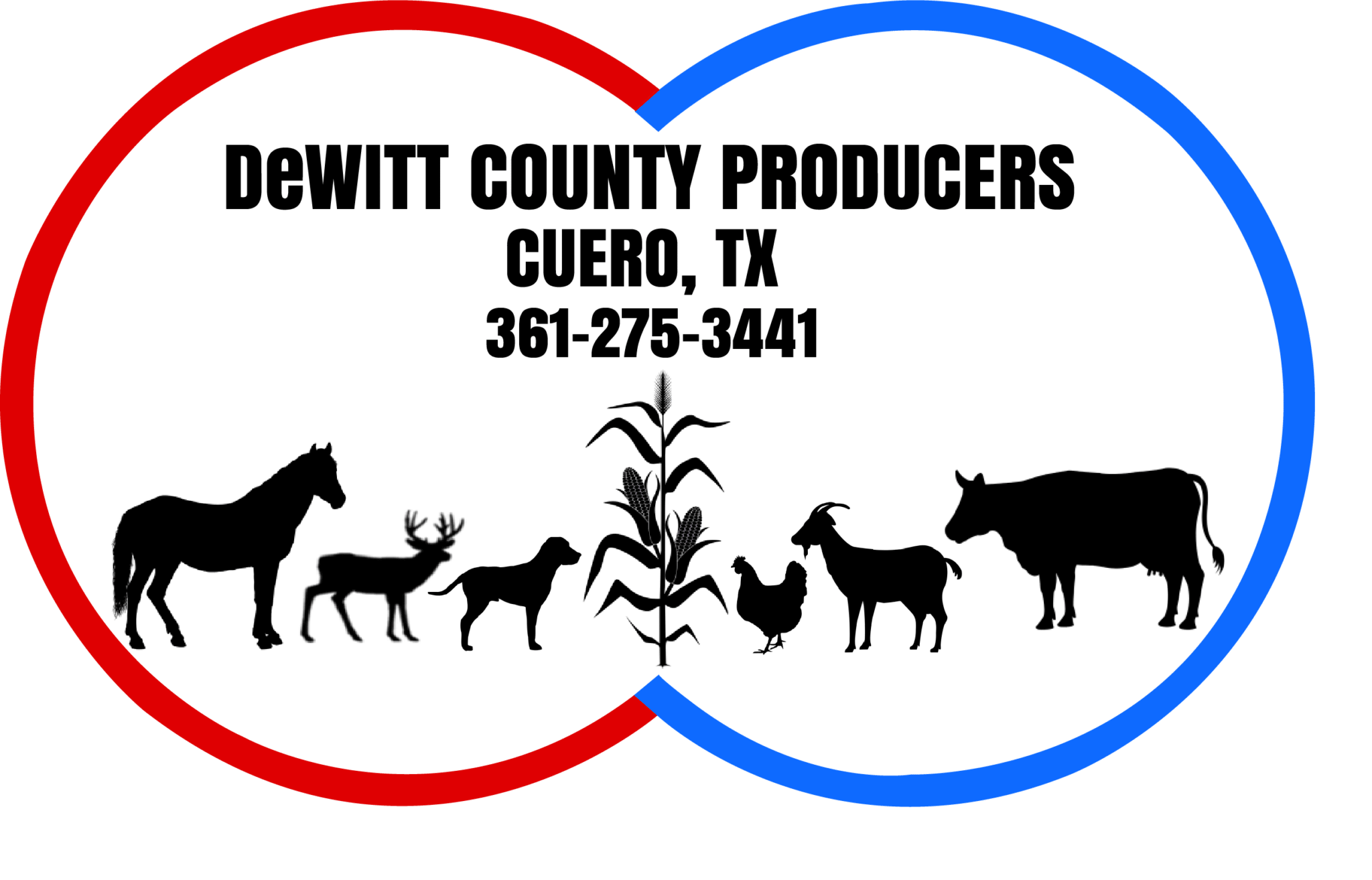What Farmers Get from Mixed Farming (The TL;DR)
Before switching to mixed farming, here are the main points:
- Mixed farming means raising crops and animals together, so farmers do not depend on just one source of income.
- Farmers can feed animals with crop leftovers. Also, animal manure fertilizes the soil. This cuts down on outside costs.
- Mixing crops and animals helps farmers handle problems like crop failure or changes in animal prices.
- Animal manure and plant material keep soil healthy and help it hold water better.
- Farmers can use fewer chemicals, which means less pollution and safer land.
This guide shows how mixed farming helps farmers earn more, save resources, and take care of the land for the future.
What is Mixed Farming?
Mixed Farming Definition
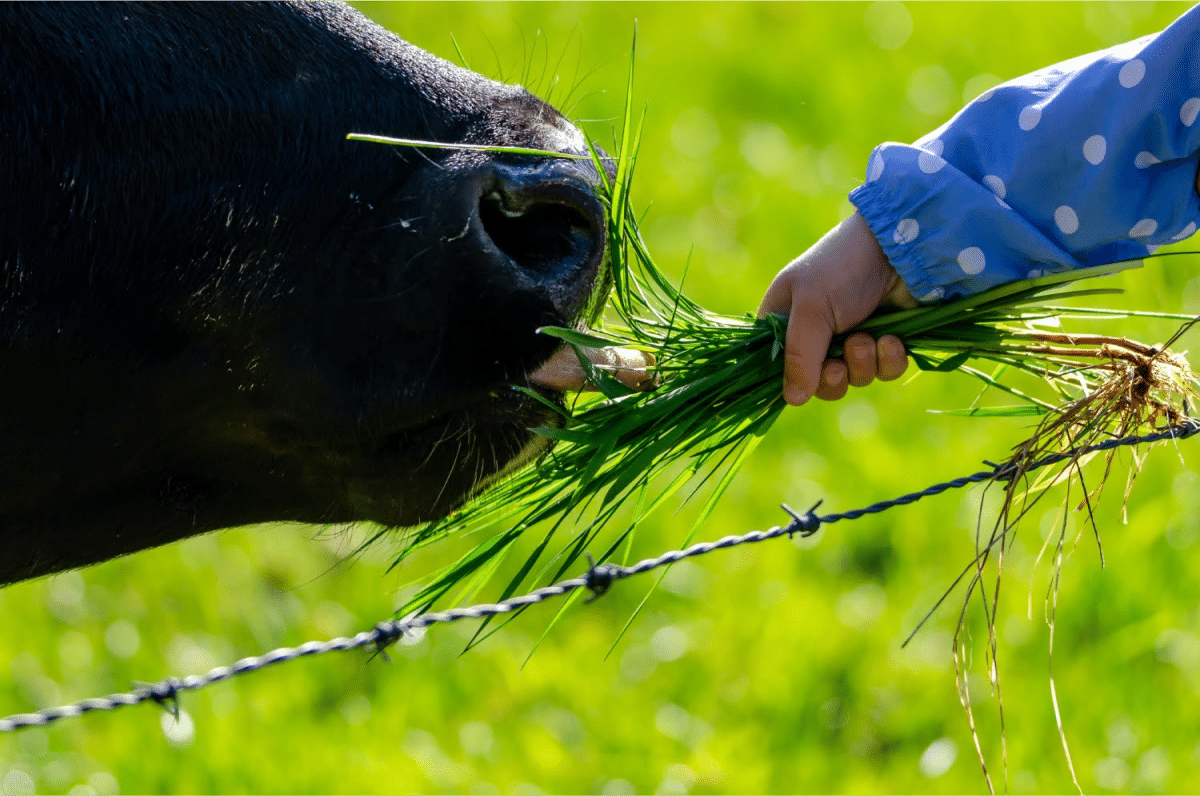
Components of Mixed Farming
Mixed farming systems consist of a few key components that work together. Crop cultivation plays a big part with farmers often growing a variety of plants. This can include cereals, legumes, and vegetables. Raising livestock is another important element with animals like cattle, goats, or poultry being popular choices. Some systems also incorporate fish farming or beekeeping.
The interactions between these different forms of farming create a cycle of nutrient exchange. For example, crop residues can be used as animal feed while animal waste becomes fertilizer for crops. This helps improve soil fertility and reduce the need for external inputs. Farmers can also practice crop rotation where they alternate different plants in the same field over seasons to maintain soil health.
Mixed farming gives flexibility. Farmers can change their approach to take into consideration local conditions, family needs, and market demands. This adaptability makes mixed farming great for various scales of operation.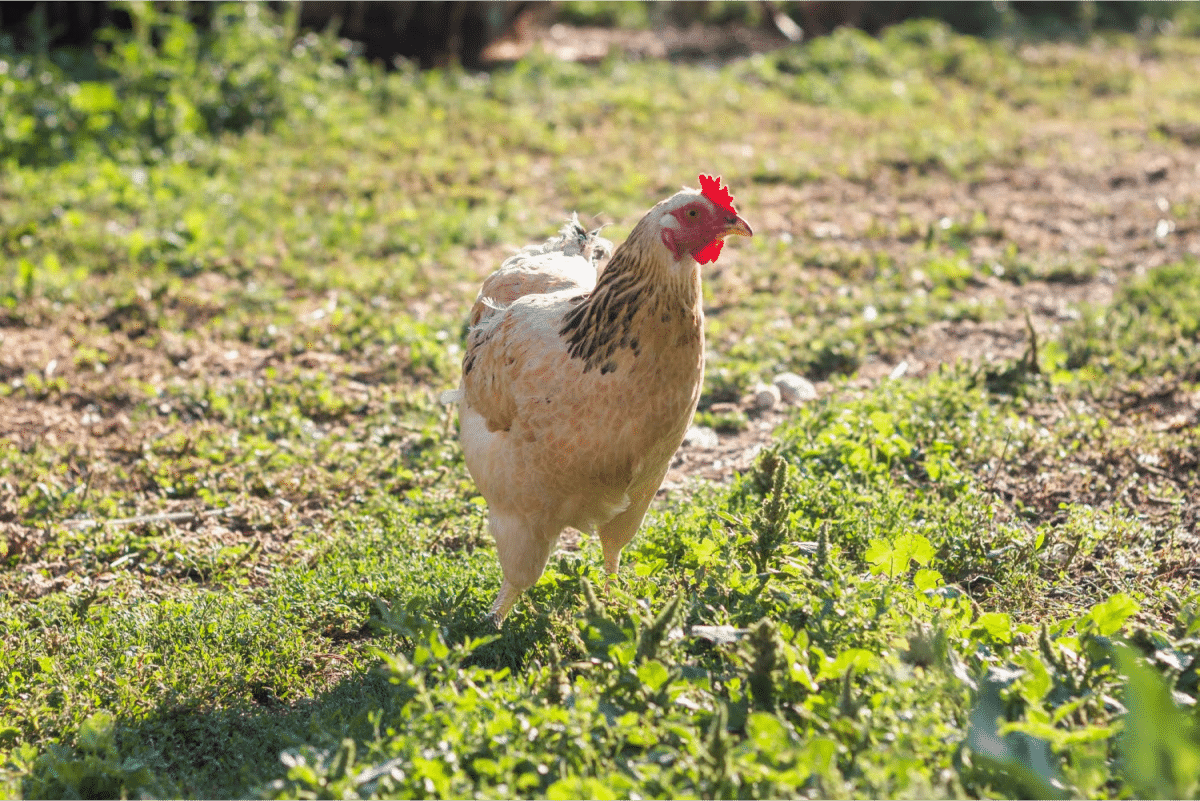
Economic Benefits
Income Diversification
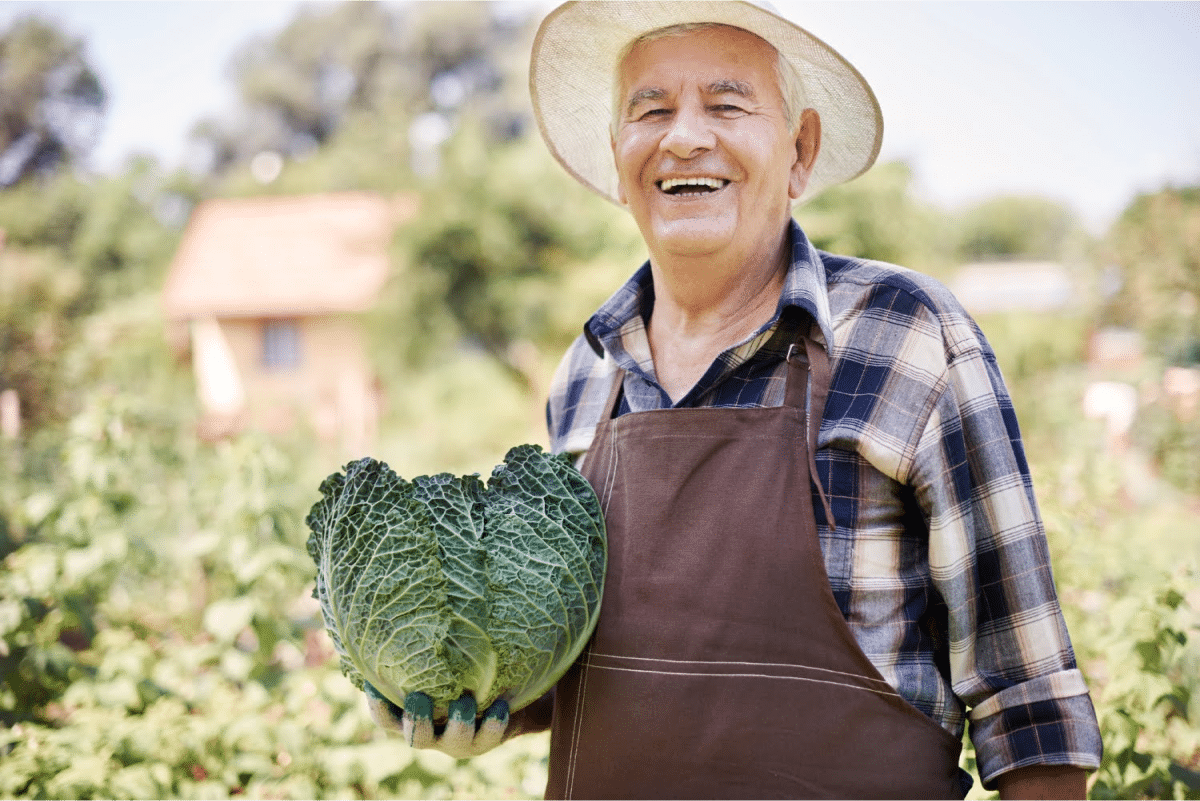
Resource Efficiency
Mixed farming systems use available resources in an efficient way. When farmers mix crops and livestock, this makes a cycle of nutrient exchange that benefits both parts. This internal recycling lowers production costs and improves farm profitability.
The system also allows for better land use. Farmers can get the most bang for their buck by growing various crops and raising animals on the same land. This often results in higher total yields compared to farming for only one crop. The combination of activities can lead to increased productivity per unit area.Risk Management
Mixed farming serves as a powerful tool for risk management in agriculture. By diversifying production, farmers can better handle market uncertainties and environmental challenges. If one crop fails or livestock prices drop, other farm components can help maintain overall farm income.
This approach also helps manage soil fertility and pest control. The variety of crops and the presence of livestock contribute to more balance on the farm. This can reduce the need for chemical inputs and reduce the costs & environmental risks.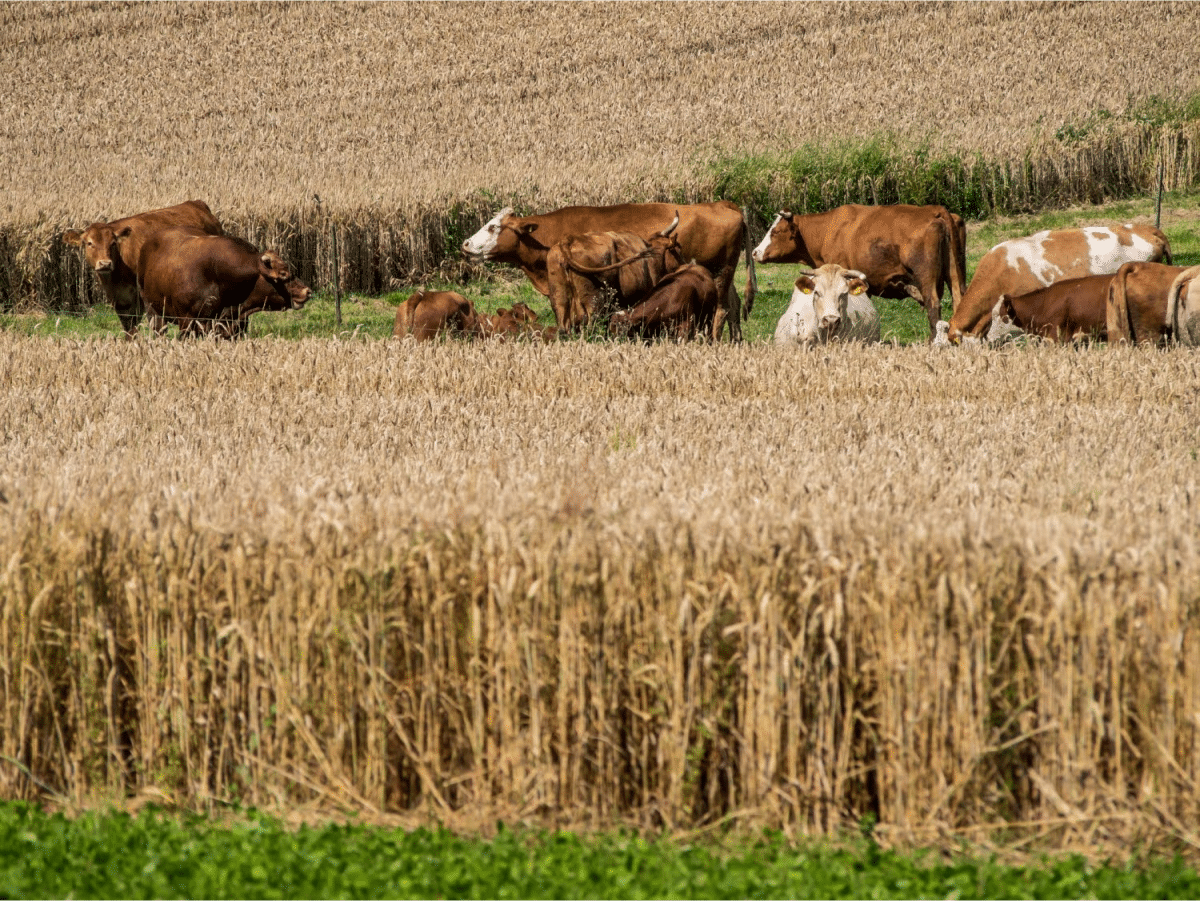
Environmental Advantages
Soil Health
